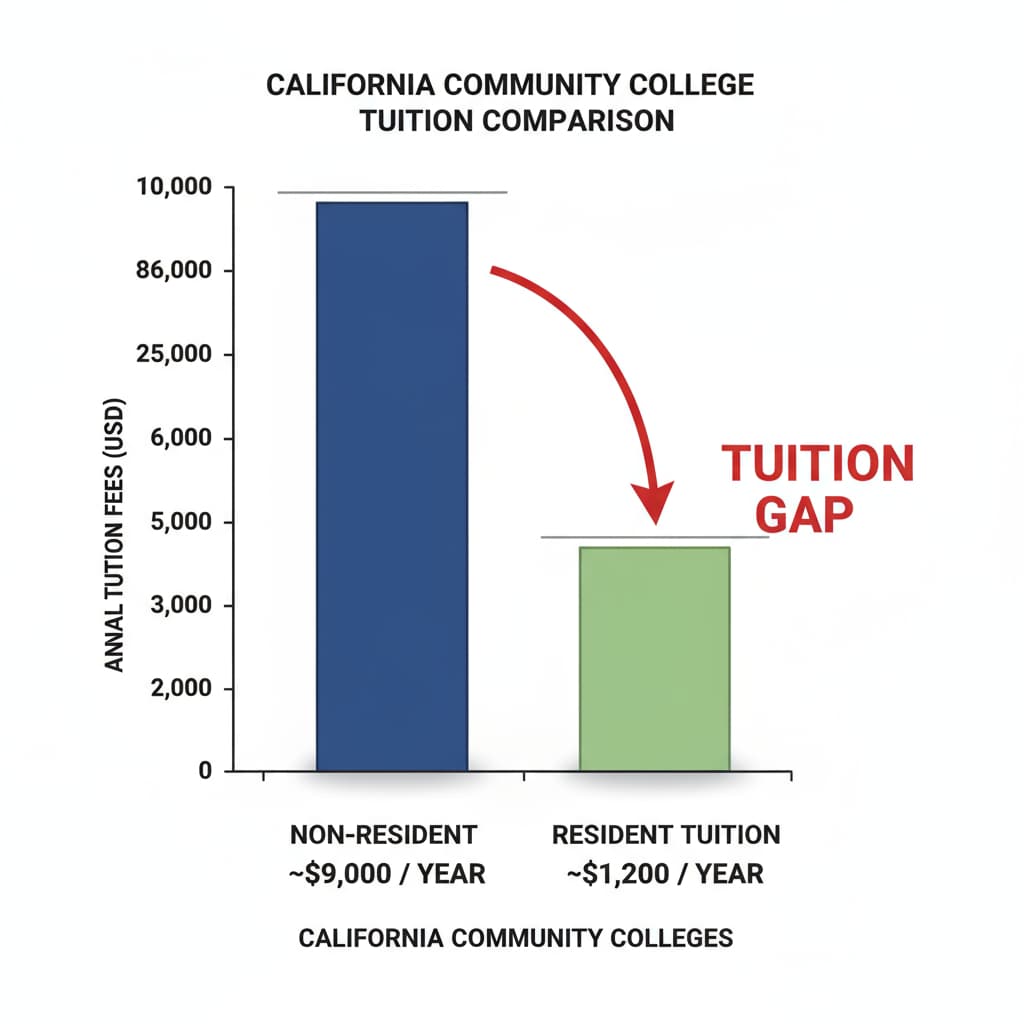Tuition reduction, AB-540 form, and resident eligibility are crucial aspects for non-resident students in California community colleges. The cost difference between non-resident and resident tuition can be a significant burden for many students. Understanding how to navigate the process to achieve resident tuition status is essential.

The Tuition Gap Challenge
Non-resident students in California community colleges often find themselves facing a substantial tuition disparity compared to their resident counterparts. This financial hurdle can limit access to education for many talented individuals. For example, non-resident tuition can be several times higher than resident tuition, making it difficult for students from out-of-state or international students to afford college. As a result, exploring ways to obtain resident tuition eligibility becomes a top priority.

AB-540 Form: The Gateway to Resident Tuition Eligibility
The AB-540 form is a key tool for non-resident students seeking resident tuition eligibility. This form allows certain students who meet specific criteria to be considered for in-state tuition rates. To be eligible, students must meet requirements such as having attended a California high school for a certain period and demonstrating intent to make California their permanent residence. Additionally, they may need to provide documentation to support their claims. By carefully understanding and fulfilling these conditions, students can increase their chances of success. AB-540 Information on Cal State Website
When filling out the AB-540 form, it’s important to be accurate and thorough. Provide all the necessary information and attach any relevant documents. This may include transcripts, proof of residence, and letters of recommendation. However, the process can be complex, and students may face challenges in gathering and presenting the required materials. Therefore, seeking guidance from college advisors or legal experts can be beneficial.
Strategies for a Successful Application
One strategy is to start the process early. Begin gathering documents and understanding the requirements as soon as possible. This gives students more time to meet the criteria and address any potential issues. In addition, building a strong connection with the California community can enhance the case for resident tuition eligibility. This can involve getting involved in local activities, volunteering, or establishing relationships with community members. AB-540 Resources on CCCCO Website
Another important aspect is to write a compelling appeal letter if needed. The letter should clearly state the reasons why the student believes they should be eligible for resident tuition. Use specific examples and explain how the student has integrated into the California community. Be sure to follow the guidelines provided by the college and present a well-organized and persuasive argument.
Readability guidance: As we’ve seen, non-resident students in California community colleges have various strategies at their disposal to pursue resident tuition eligibility. By understanding the tuition gap, mastering the AB-540 form, and implementing effective application strategies, students can take steps towards reducing their educational costs. Using short paragraphs and lists, like we did in the strategies section, helps to clearly present key points. Also, controlling the proportion of passive语态 and long sentences, while using transition words throughout the article, ensures better readability.


